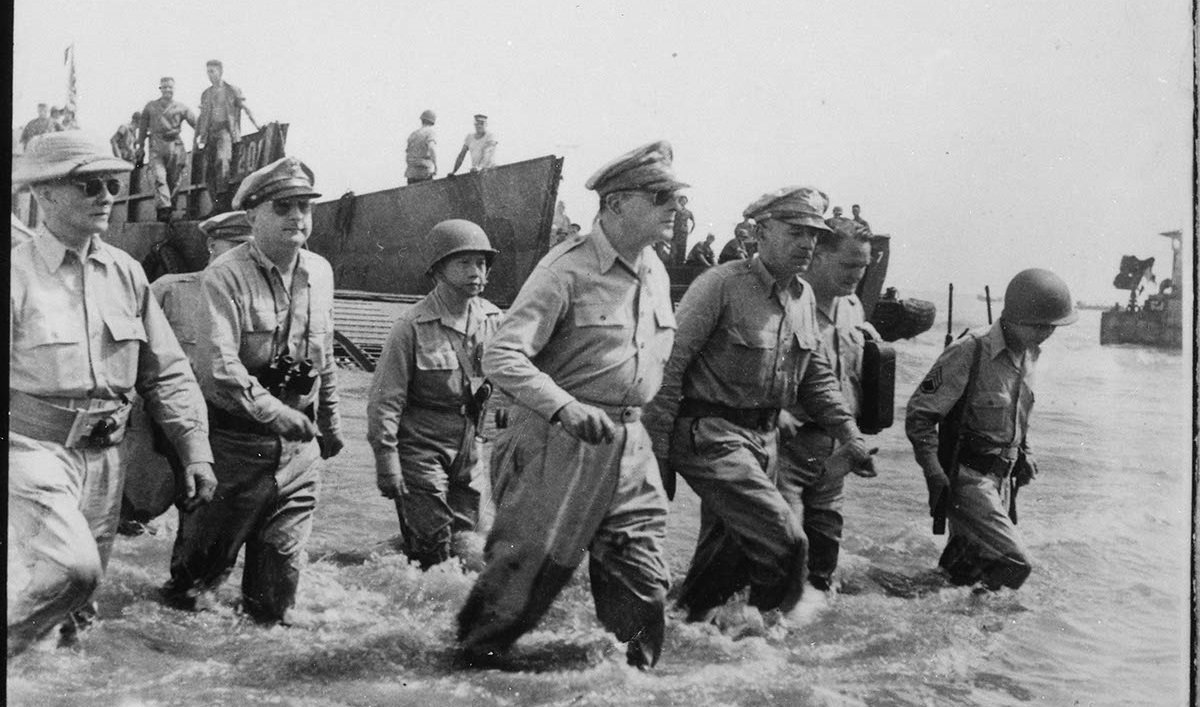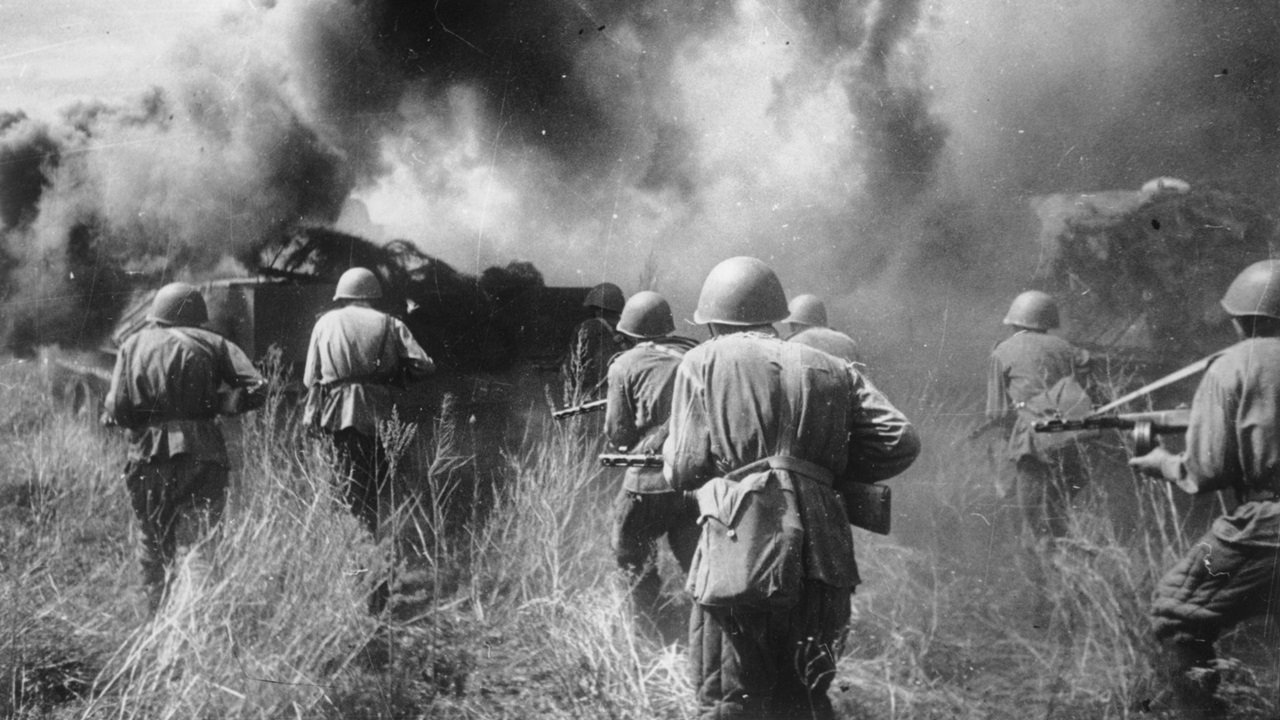Table of Contents
It is difficult to track down one single event that sparked the conflict. For ultimately, it was a series of events that conspired together to eventually light a flame of war. The world’s most hated treaty, the Treaty of Versailles, thus starting World War II in 1939. The whole world is against Hitler and Hitlerism.
Let’s begin this story in 1919.
The year when World War I ended. And the famous peace treaty was signed known as the Treaty of Versailles. This treaty contained an important clause, Article 231, which held that all the losses caused due to World War I, Germany was to bear the responsibility for all such losses.

In June 1935, Britain signed the Anglo-German Naval Agreement. This formally recognised that Hitler had the authority to form his navy. Germany could have an independent navy. But the growing militarisation in Germany alerted France. France built a 450 km long fortification on its Eastern border. This was named the Maginot Line. In 1938, when Hitler believed that his military was sufficiently prepared, he focused his attention on their neighbour Austria. Austria was a must-have country for Hitler. He wanted all German-speaking countries to unite as one nation. His ultimate goal was not only to conquer as many countries as possible to satisfy his pride, but also to acquire its resources to advance his own country. The people Hitler believed to be racially superior, his Aryan race, he wanted to give them Lebensraum. To give them living space. So that they could live freely.
As soon as Hitler found out about the national vote, Hitler took his army and marched into Austria. The German military entered Vienna. But the Austrian Chancellor wanted no bloodshed. He resigned from his seat. Hitler used his propaganda ministry to spread fake news. Of riots happening in Vienna. And how the Communists were responsible for the riots. And so the Austrian government asked the German army to help them protect Austria. The next day, the Austrian Parliament was dissolved and Austria ceased to be an independent country. This invasion was successful without any bloodshed. A major reason for this was that at this point, many people in Austria were in Hitler’s favour. They were victims of the propaganda. They believed Hitler’s invasion would help them. That Hitler could make their country into a superpower. After taking over Austria, Hitler moved on to the next country.

Czechoslovakia. On Czechoslovakia’s border, there was the region Sudetenland. Of the people living here, around 3 million were Germans. Hitler used that as an excuse to claim that region as German’s, due to the Germans living there. Here British Prime Minister Neville Chamberlain came into the picture. He wanted to avoid a war at all costs. He believed that if Hitler was given what he wanted he would stay calm, and there would be no wars. This is why, in September 1938, the Munich Agreement was signed.
British Prime Minister Chamberlain faced heavy criticism due to this. At this point in time, Winston Churchill famously said, Hitler looked for the next country. Poland. To take control of Poland, in a sly move, Hitler signed a Non-Aggression Pact with the Soviet Union, in 1939. At first glance, you’d think that Hitler hated the Soviet Union and Communist ideology. So why would he do this? The only reason for this was to invade Poland. The Soviet Union wanted a part of Poland too. In this situation, the interests of the two nations were aligned.
On 1st September 1939, nearly 1 million German troops started moving towards Poland. They planned on attacking from the North and South simultaneously. Other countries were shocked at this. The UK and France were at the edge of their patience.
Hitler continued invading one country after the other, the next number could be theirs. How would the world cope?
They couldn’t tolerate it any longer. The UK gave an ultimatum to Hitler. If they went ahead with Poland’s invasion, they would declare war against Germany. Hitler ignored the ultimatum. And with this, the UK officially declared a war against Germany. After this, France, Australia, New Zealand, South Africa, and Canada declared war on Germany too.

So, I believe I’ve given you all the information. I hope you gain some information’s. If you did, don’t forget to like and share it. Stay tuned to our blog for regular updates and insights.
Experience the power, feel the comfort, and embrace the evolution for the most recent tech news and reviews, Health tips and many more follow themdakbar Blogs.


